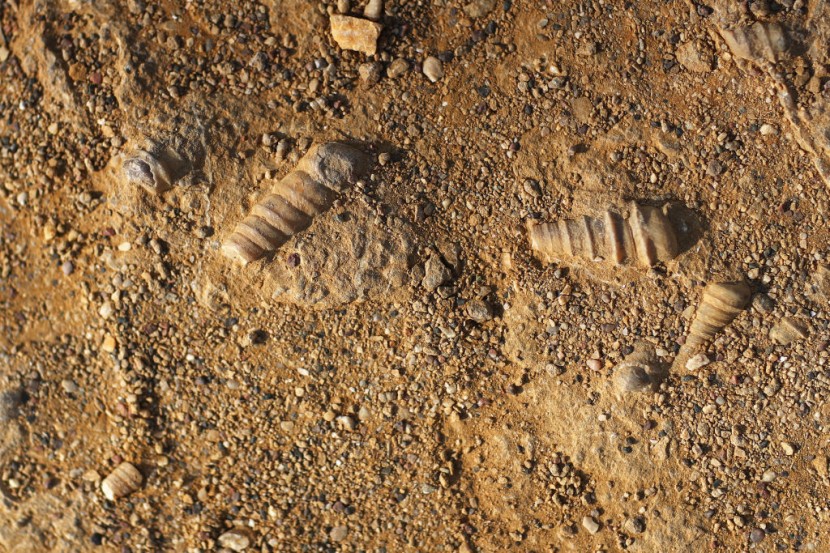
The discovery of the lost Eurasian continent enabled fauna to colonize other parts of the globe in that epoch. Balkanatolia is a former Eurasian part in the middle of Europe, Africa, Asia located from the present-day Balkans and Anatolia when it existed.
Balkanatolia Landmass
About 40 million years ago, this allowed mammals to roam to other parts of the globe, enabling a diversity of species endemic to Europe then.
It was not for Balkanatolia that allowed mammals from Asia to go to the European continent about 34 million years ago. Before the rise of the lost continent, the animal had no way to cross an ocean, reported the Daily Mail.
That geological period of the earth with widespread glaciers, which would become the Antarctic ice sheet in the present-day, allowed low sea levels to enable the landmass to Balkanatolia to link west Europe to other continents.
About 34 million years ago, when a mass disappearance of mammals from Africa to the Arabian Peninsula in the Eocene-Oligocene transition. More ice sheets cooled the globe, and the low sea level allowed the formation of new landmasses.
For Eurasia, the low seas would cause extinction on a massive scale of sea life, plants, and land animals; in Europe, it was called the 'Grande Coupure.'
The Eocene period has west Europe and east Asia be part of two continents with different mammal species. European type fauna found in this forest is Palaeotheres native species there. They are already extinct, and a horse relative but are like Tapirs coming from the lost Eurasian continent.
Asiatic fauna were plentiful, and more mammalian types related to animals on these two continents. If it was not for mass migration of Asian fauna about 34 MyA which brought about diversification of species; but killed off the original fauna in the Grande Coupure mentioned in the scientist.
Scientists Find Fossil Evidence
Earlier colonization was discovered by researchers as indicated by fossil evidence. Balkan fossils show that Asian mammals were in south Europe about 5 to 10 million years earlier than expected. The team consisting of multi-national paleontologists and geologists with CNRS scientists could have the answer.
A fossil found in a deposit in Turkey dated from 38 to 35 million years ago; had characteristics from Asia, which are the oldest fossil samples to date.
Brontotheres, a larger version of today's Rhino with its jaw fragments, disappeared in the last days of the Eocene epoch. This is considered a clue that Balkanatolia had its Asiatic invasion 40 million years ago, but more studies are needed to verify how everything came about.
Most agree that ice buildup in Antarctica about six million years ago had lower sea levels that linked the lost continent to west Europe and led to paths like land bridges as influencers of diversification and evolution.
Evidence of earlier colonization in Europe before the Grande Coupure, then the start of mammal migration in the later part of the Eocene, said the authors. It is the end of Balkanotolia having a local species and Asiatic fauna migration that caused the Grande Coupure of species in Europe. Another example of it is the ' Mongolian Remodelling.'
Finding Balkanatolia, the Lost Eurasian Continent mentioned in the science journal, examines how species became diversified by forming glaciers, allowing sunken pieces of continents to rise, from Asiatic to European mammals that gained and lost species due to migration.
Related Article: Ancient Wolf Head Preserved Perfectly by the Permafrost in Siberia Amazes Scientists at the Unexpected Discovery
© 2025 HNGN, All rights reserved. Do not reproduce without permission.








